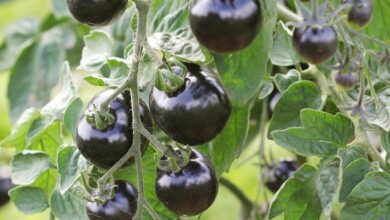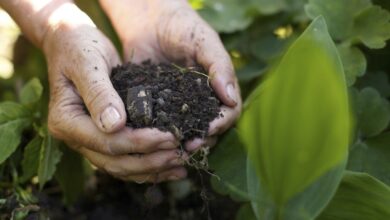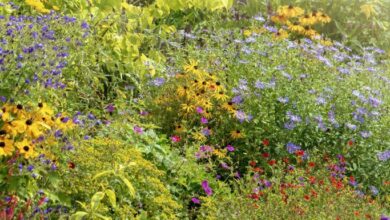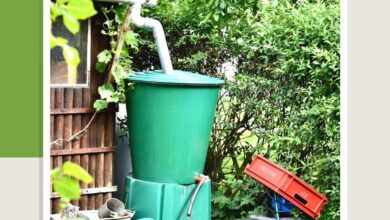Garden Hose For Watering – Tips For Watering Plants With A Hose
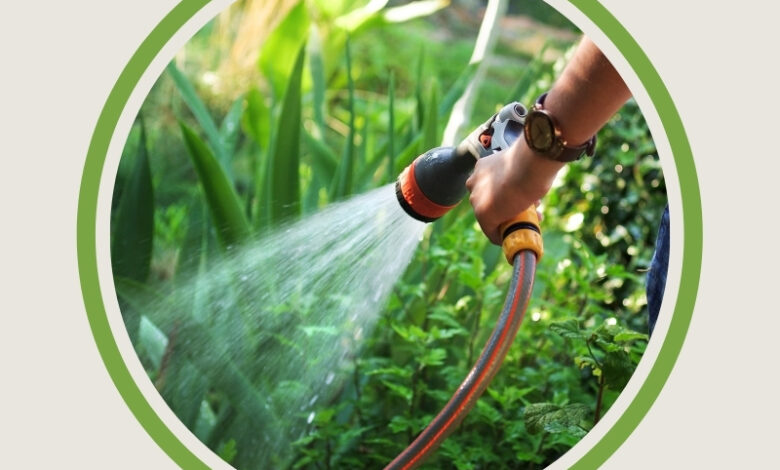
[ad_1]
Coastal California has a Mediterranean climate — mild and wet in winter, hot and dry in summer — and it pays for a gardener to work with what nature offers. Planting native plants and flowers cuts back dramatically on the amount of water your garden requires. That doesn’t mean irrigation isn’t required, however. I tend to offer a bit more water than the plants need to survive, but do my best to keep the water in balance with their needs.
Garden Hose for Watering the Garden
It is a really great idea to install a drip irrigation system, and I’ve written about it a number of times. But every time I try putting one into my garden, something disrupts the process. Once it got blocked, twice accidentally chopped (by me) as I dug up soil. And another time some animal chewed up the hose.
So, I use the garden hose for watering instead. This has advantages and disadvantages, but so does every system you choose. The benefits of using the garden hose is that it requires my active participation, allowing me to actually interact mindfully with my plants several times a week. The downside is that it takes time and, if I am gone, the hose watered plants don’t get a drink.
My Methods for Watering Plants with a Hose
First of all, hose watering plants has to be done with specific plants and methods in mind. Here are mine.
Hosing Up and Down
I know that for many plants it is not a good idea to get the leaves wet when you irrigate. These include roses, tomatoes and any other plants where fungus could be a problem. But other plants are happy to get a shower. This includes humidity-loving plants like the Norfolk Island pine as well as salvia, nasturtiums and most succulents.
I water the plants up or down, depending on their preferences. By “hosing up,” I mean watering their leaves to give them a shower. By “hosing down,” I mean taking care to water near the base of the plant and keeping the foliage dry.
Deep Watering Plants
The secret to watering plants, from my perspective, is to water them deep to encourage them to form a strong root system. This doesn’t apply to annual flowers or even most vegetables. But the bigger trees and shrubs, they do best with water that goes several feet below the surface.
For deep watering, I also use the hose. But I turn it down to just a dribble and leave it in place for longer periods. For many native plants, I only have to do this once every two to three weeks during summer. The important thing is to deep water them regularly but not frequently.
[ad_2]
Source link


